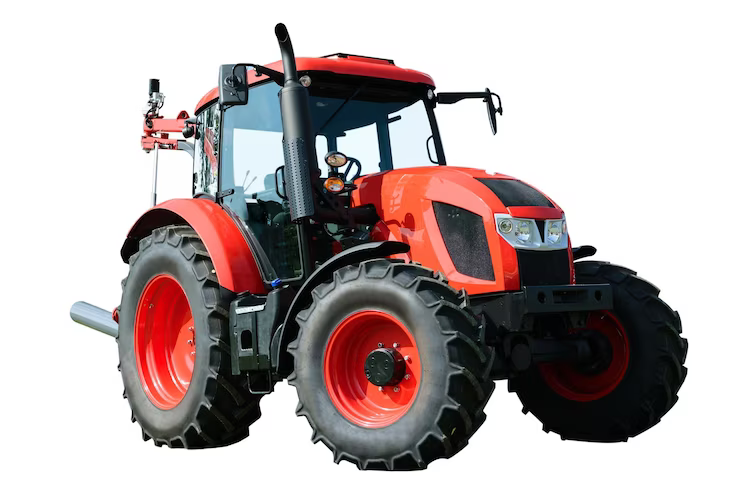Mini tractors are becoming increasingly popular among farmers and garden enthusiasts for their versatility, ease of use, and affordability. While full-sized tractors are still the preferred choice for many agricultural tasks, mini tractors have their own set of advantages that make them worth considering.
Firstly, mini tractors are compact and lightweight compared to their full-sized counterparts. This makes them ideal for small farms, backyard gardens, and tight spaces. With their smaller size, mini tractors can maneuver through narrow rows and around tight corners, making them perfect for maintaining gardens and orchards. They are also easier to transport from one location to another, making them convenient for those who need to move their equipment frequently.
Another benefit of mini tractors is their affordability. Mini tractors cost less than full-sized tractors, making them an attractive option for those who need a reliable piece of equipment but have a limited budget. Mini tractors are also less expensive to maintain and operate than full-sized tractors, as they require less fuel and maintenance.
Mini tractors are also versatile in their functions. They are useful for many different things, such as mowing, tilling, ploughing, digging, hauling, and more. Many mini tractors come with attachments that can be easily swapped out, making them adaptable to different tasks. This versatility makes mini tractors a practical investment for those who have multiple needs on their farm or garden.
Here Are Four Essential Features of a Mini Tractor:
- Engine Power
A mini tractor should have an engine that provides sufficient power for the intended use. The engine's horsepower (HP) rating will determine its power output. Mini tractors typically range from 15 to 40 HP, and the choice of engine power will depend on the type of work that needs to be done. For example, a mini tractor with a 15-20 HP engine is ideal for small gardens and landscaping projects, while a 25-30 HP engine is more suitable for small-scale farming.
- Transmission
A mini tractor's transmission system is responsible for transferring power from the engine to the wheels. Mini tractors generally come with either manual or hydrostatic transmission systems. A manual transmission system is more traditional and requires the operator to shift gears manually. On the other hand, a hydrostatic transmission system is easier to use and provides smoother operation. It is also more suitable for tasks that require frequent speed changes, such as mowing or landscaping.
- Attachments
Mini tractors come with a wide range of attachments that can be used to perform different tasks. These attachments include front-end loaders, backhoes, rotary tillers, mowers, and plows, among others. A mini tractor with multiple attachments can handle various tasks, making it a versatile piece of equipment. It's important to ensure that the mini tractor is compatible with the attachments you need before making a purchase.
- Steering
Mini tractors typically come with one of two types of steering systems: power steering or manual steering. Power steering is an essential feature that makes it easier to turn the tractor's wheels, especially when operating on uneven terrain. Manual steering requires more effort and is more suitable for flat surfaces. Power steering is more expensive, but it's a worthwhile investment for those who need to operate the mini tractor on hilly or uneven terrain.
Mini Tractor Price
The mini tractor price can vary greatly depending on several factors, such as the brand, engine power, transmission type, attachments, and additional features.
Mini tractors with basic features and lower horsepower typically start at around 4 Lakh to 10 Lakh. Overall, the price of a mini tractor will depend on your specific needs and budget. It's essential to consider the intended use of the tractor, the necessary features, and your budget before making a purchase



